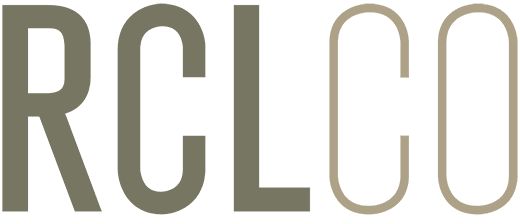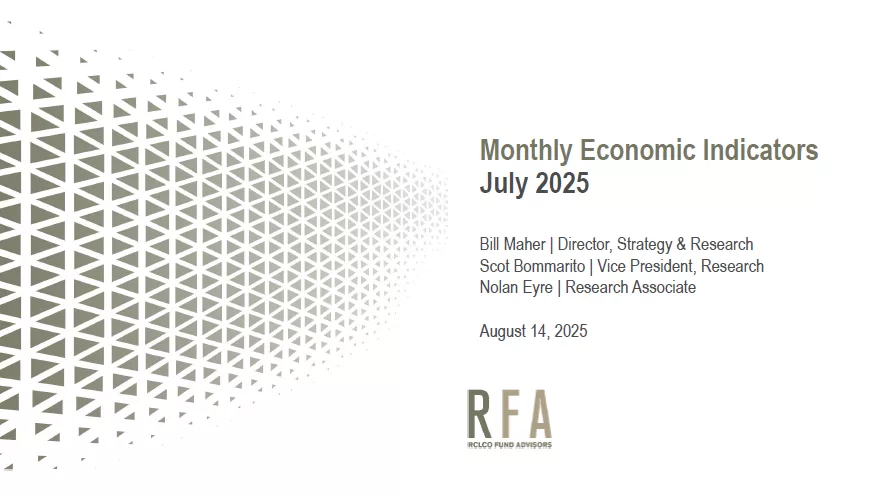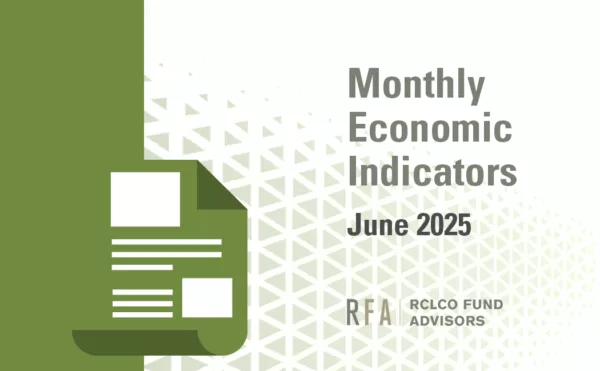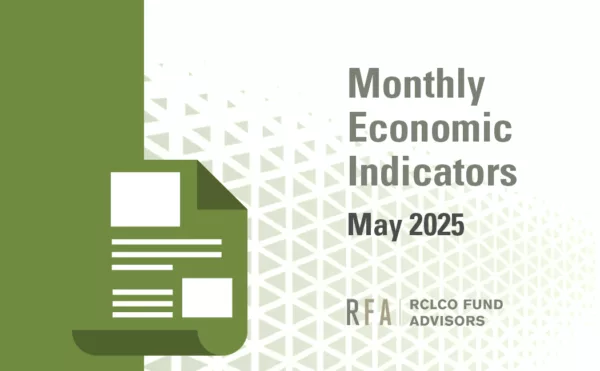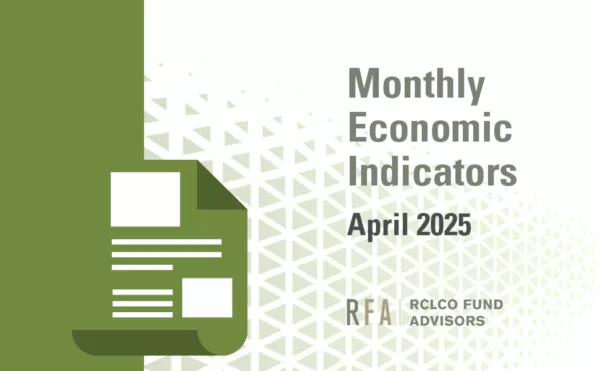- Annual headline CPI inflation held steady at 2.7% in July and core CPI rose by 20 bps to 3.1% as the impacts of tariff policies began to take effect.
- July Final Demand and All Commodities Producer Price Indexes (PPI) rose 0.9% and 0.7%, respectively, a worrisome sign for future inflation.
- The Fed is expected to cut rates at its September meeting as the employment market cools.
- July job growth slowed to 73K. Due to revisions, three-month average growth was only 35K.
- Annual wage growth rose slightly to 3.9% in July. Over the last three months, wages grew by 4.1% (annualized).
* Latest data available.
